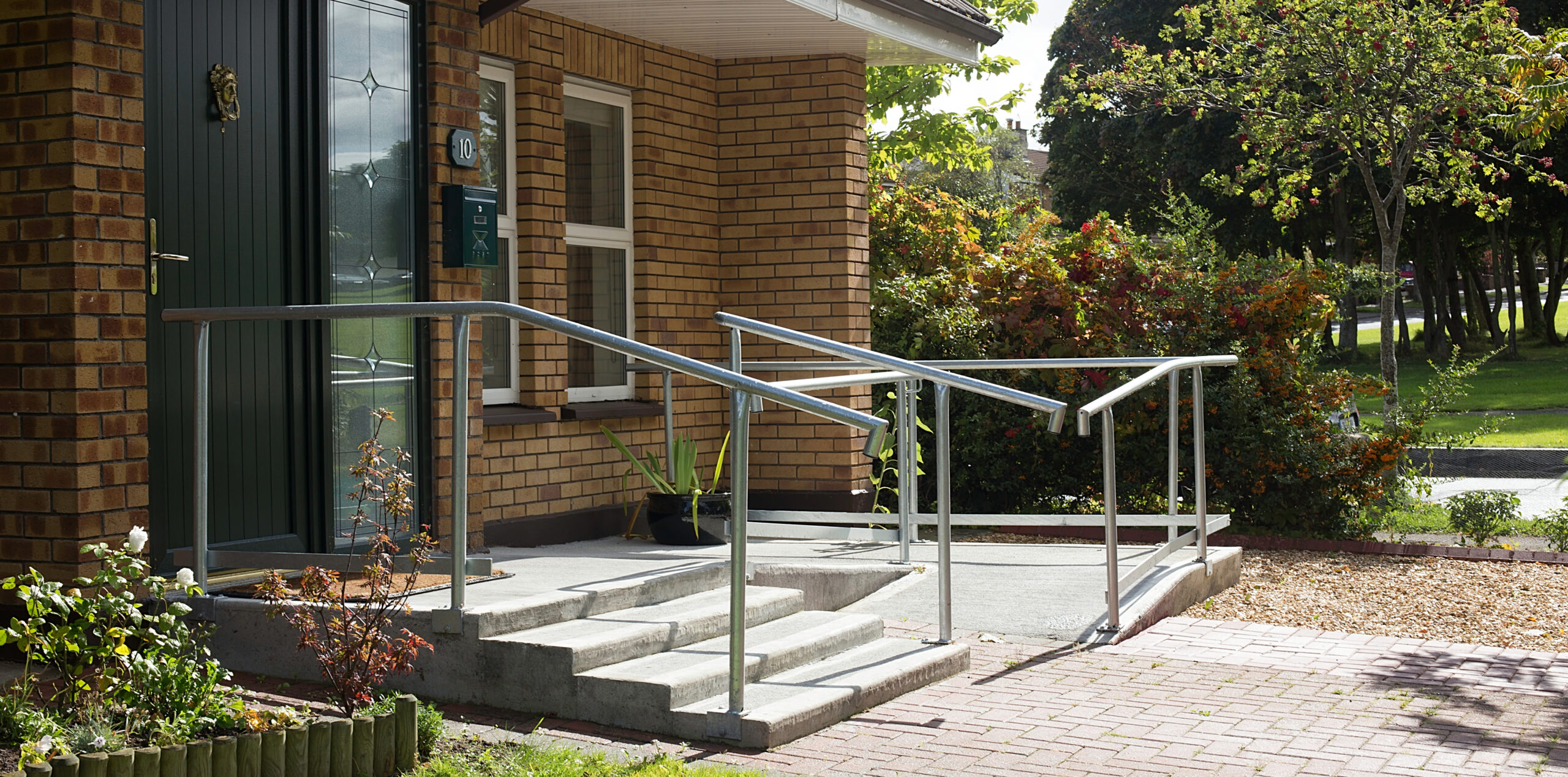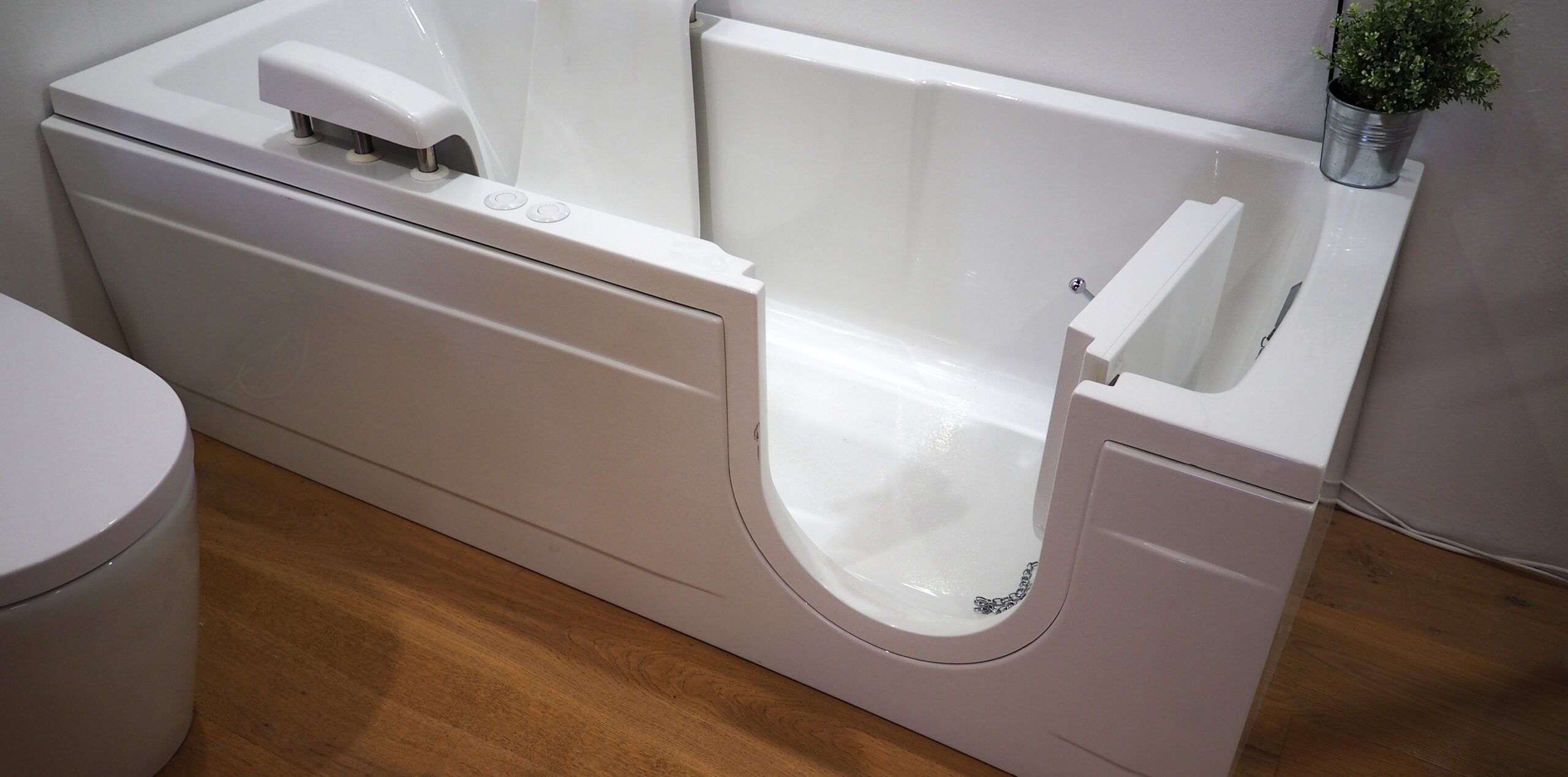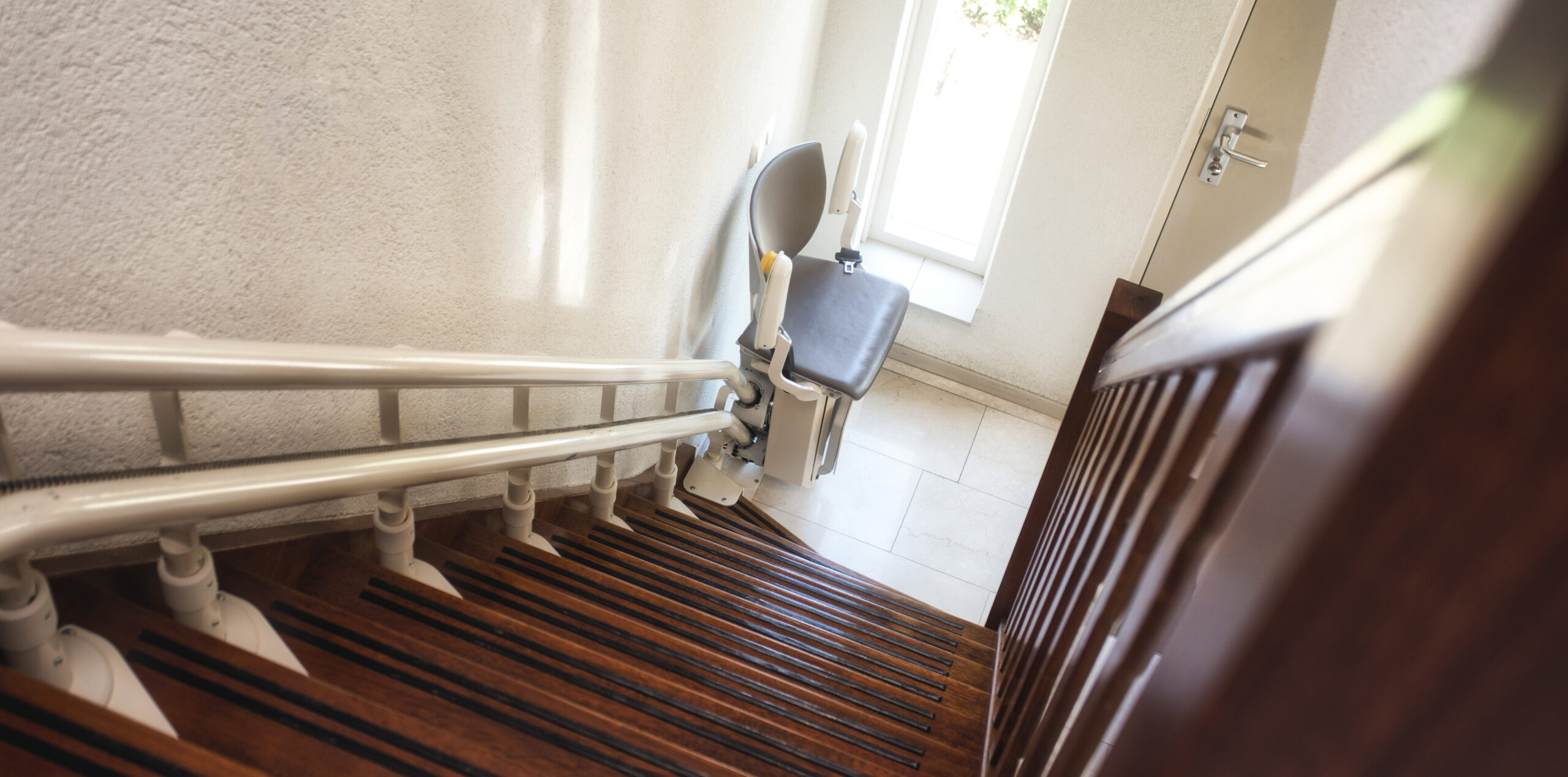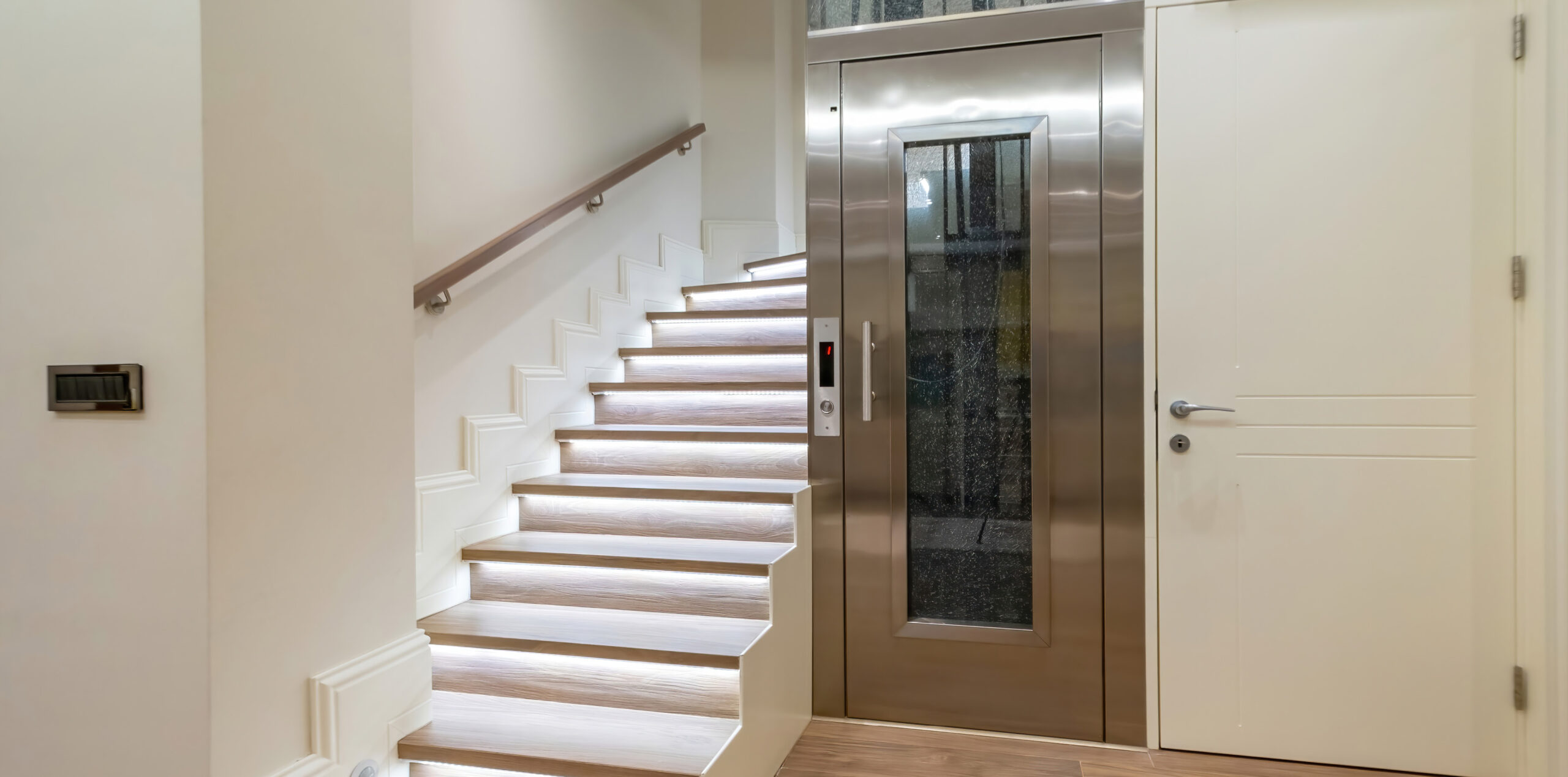by Janice Henshaw –
Time has outwitted some of us – we believed that if we exercised 150 minutes a week, ate reasonably, socialized just the right amount, and volunteered for good causes, we might stay forever young, forever fit. What a shock when a knee (or both!) gives out in the middle of an exciting game of pickleball or ice hockey, and suddenly, we are on crutches, a cane or even worse, a walker or a wheelchair! In pain, we will indeed feel discouraged when our health takes such a dip. But time is rushing along, so we might as well not wallow in the doldrums for long. Our generation does love challenges, right?
If we face mobility issues for an extended time from an accident or illness, then we will have to take stock of our home and property. Can we renovate to meet our needs, or do we have to move? Moving to a retirement home can be socially and medically beneficial for some people. But if we choose to stay in our much-loved home, we can avoid the upheaval and financial cost of a move by modifying our house to fit our new requirements. And let’s drop that “aging in place” expression – aren’t you tired of hearing that? We’re vibrant, full of energy and optimism – we’re living!
Most accessibility barriers in our home can be resolved – some are expensive to implement, some only moderately so. Doors may have to be widened to allow passage of a wheelchair. Scatter mats are a tripping hazard – get rid of them or make sure they are non-slip. Twisting doorknobs with arthritic wrists can be painful; installing lever handles is an easy fix. Out goes the high step-over bathtub with its risk of falls; replace it with a safe walk-in bathtub with a seat and door. If faced with knee or hip problems, raising the toilet seat by adding an elevated toilet seat or a toilet safety frame and safety bars will help avoid unnecessary discomfort. They are not sexy looking, but they can help ease pain! The Public Agency of Canada has good advice: “Don’t be embarrassed to use aids for daily living – they can keep you safe and active.”
The kitchen is another key area that can be modified to make life easier if you are in a wheelchair. Countertops can be lowered, and the cabinet under the sink can be removed to create an open wheelchair-accessible space. Install a single-lever or touchless faucet and soap dispenser to make cleanup easier. Lower cabinets with drawers make accessing pots, cooking supplies, dishes and spices easier. Lazy Susans and pull-out or pull-down shelves within cabinets are helpful as well.
Stairs can be a significant mobility issue. For years, we have been advised to take the stairs for exercise rather than an elevator, but once a knee or hip starts to hurt, each step can become a pain-filled hurdle. Luckily, there is some impressive technology that can help us out. Island Lift Services (a division of Island Mediquip Ltd.) is a company that is experienced in this area. They assess the homeowner’s needs and provide accessibility solutions.
Their stair lifts are pretty amazing – the only requirement is that the rider be able to transfer to the chair, which moves up and down on a rail attached to the stair treads. The stair lift works with all types of stair configurations, whether straight or curved. To minimize the space on the staircase, the chair’s arms, seat and footrest can fold up. Another option is for the chair to curve around the stairs to move completely out of the way. A remote control summons it from one level to another.
Outside, a ramp can be built to bypass entry stairs, or a wheelchair lift or vertical platform lift can be used to access the higher level of a home. The lift can be installed in a garage or inside the house in a hoistway (elevator shaft). According to Island Lift Services, installing this type of lift outdoors will be the least expensive way to move a wheelchair from one level to another.
Home elevators are the most luxurious way to access all levels of a home. It’s a breeze to carry laundry, groceries or suitcases, and it’s easy to travel between floors if you are on crutches or in a wheelchair. Hoistway elevators are built and framed like other walls in the house. The space can be retrofitted in an existing home or built and pre-wired in a new home, with the elevator added later if needed. In the meantime, the space can be used for a closet or small office. Another innovative option is a pneumatic vacuum elevator (PVE), a clear acrylic cylinder that does not require a shaft. It rests on the ground floor and can be installed almost anywhere. Their manufacturer says PVEs require less maintenance, space and energy than traditional elevators.
To help make your accessibility decisions, it’s a good idea to consult with an occupational therapist. They recommend strategies to make your home safer and more manageable and have information on available resources. It’s worth searching for financial assistance if needed. The Home Adaptations for Seniors’ Independence program (HASI) is an initiative that offers financial assistance to First Nation or Inuit persons living on a reserve who need to modify their properties to improve accessibility and safety. Veterans Affairs Canada provides financial assistance to eligible veterans, and March of Dimes Canada sponsors an Assistive Devices Program. It is also possible to claim medical expenses on a tax return. B.C. has a rebate for Accessible Home Adaptations. The Home Accessibility Tax Credit (HATC) is a non-refundable federal tax credit for eligible home renovation. Medical and assistive devices are exempt from HST, although some items require a written prescription from a medical practitioner.
So … some of us are finding that it’s not easy to age! Who would have guessed? But as we navigate these challenges, it’s an excellent philosophy to focus on the positive aspects of our life, continue to exercise to keep our muscles strong and ensure that our world doesn’t get too small. Our friends and relatives will find us much more interesting, and they will appreciate our “can do” attitude!








